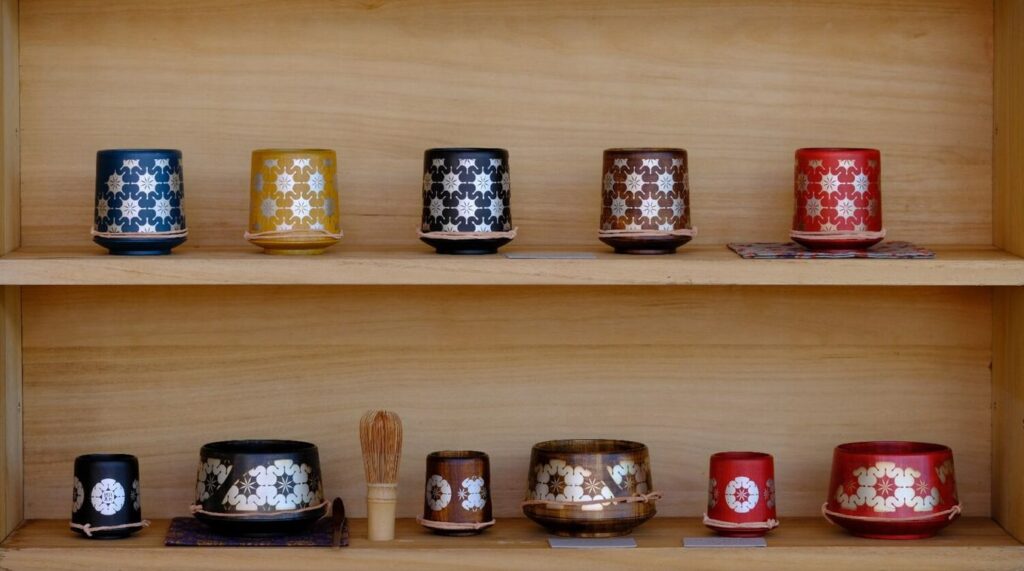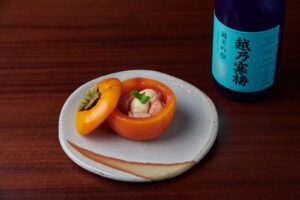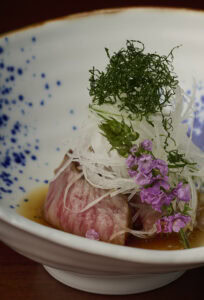
Growing up in a Los Angeles suburb, Steve Beimel came to Japan in 1971. Even today, he remembers his first impressions and experiences. "I entered my new apartment with its tatami mats, shoji windows, futon bed, a teapot made of hagi ceramics, plus lacquer bowls and a whole drawer full of handmade cutlery made of bamboo and wood. In short, I entered a fairyland of Japanese craftsmanship."
He was immediately impressed and enthralled by Japanese ceramics, carpentry and lacquer work, fabrics and paints, metalwork and bamboo baskets. All these increasingly rare arts are among the most extraordinary manifestations of human spirit in the world.
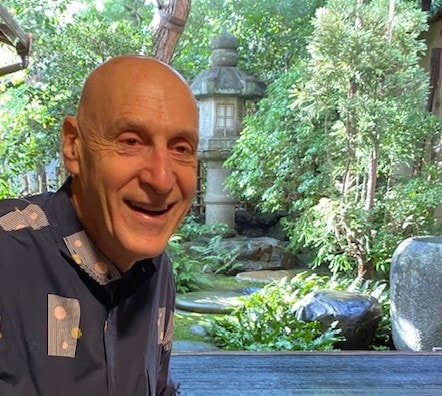
A fairyland of crafts
When Japan entered the world stage in 1868 after centuries of self-isolation, it surprised the Western world with impressively beautiful, masterful works of exceptional quality, creativity, skill and variety, and so soon became a new center of inspiration for craftsmen around the world. The industrial revolution in Japan happened much later than in the West, and so it remained (until very recently) one of the last great bastions of craftsmanship.
Japanese handicraft threatened with extinction
But today, master weavers, dyers and embroiderers struggle to survive while machine-printed kimonos flood the market.
The sale of paint work fell by almost 80% in the last 20 years.
Only a few young people will follow when now gradually the old masters of bamboo weaving go into well-deserved retirement.
Young carpenters learn to use electric nail guns but no longer wood joints without the use of nails.
These are just a few examples from a long list.
And those who make the tools needed for this, those who create the appropriate paints, the brushes and the stencils, are also becoming fewer and fewer.
Of the approximately 300,000 master craftsmen of their guild around 1980, there are now only about 50,000.
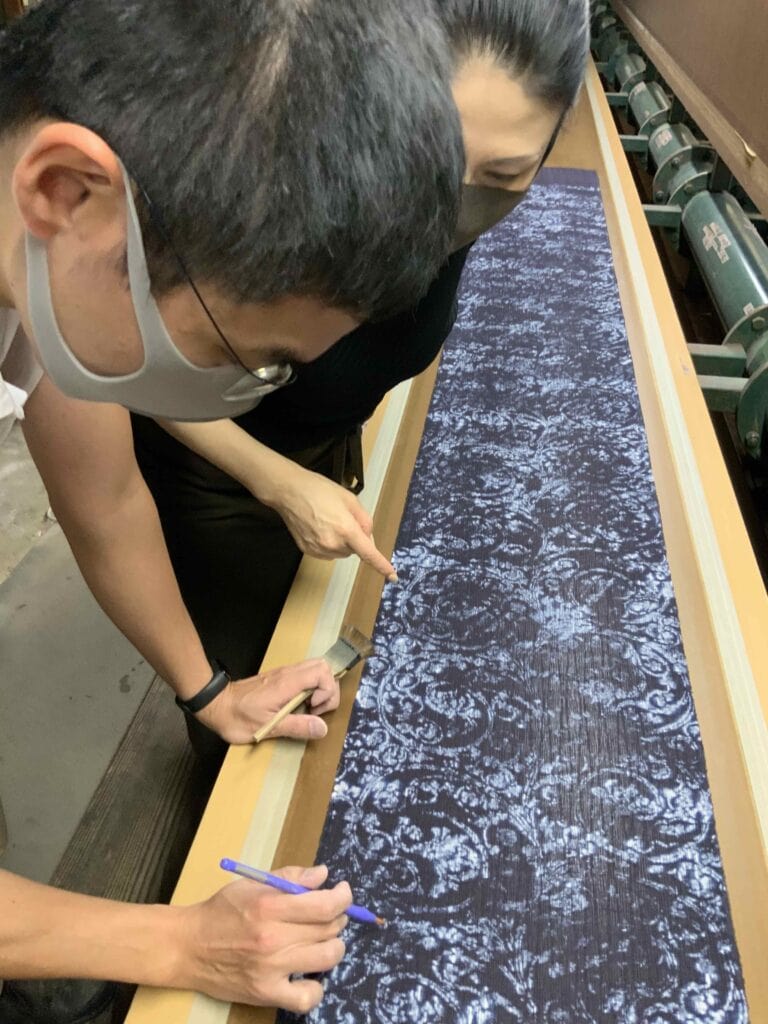
Awareness is missing in Japan
Ironically, the postwar generation of Japanese is remarkably ignorant of their own glorious culture. They are less likely to recognize the acute threat to these crafts than foreigners who have long admired, studied and collected them. Thus, lack of interest by domestic buyers has made contemporary Japanese ceramics among the biggest bargains in the world of international collectors.
The culture of silence is threatened with extinction
Just as the cultural institutions that have supported these crafts are gradually diminishing in Japan, the works of master craftsmanship in this field are becoming rarer and rarer.
Buddhism is losing out to a veritable funeral industry.
Traditional tea ceremony, floral art and calligraphy cannot compete with the fast-paced culture of games and entertainment.
Presidents of large companies are no longer patrons of the tea ceremony but prefer to go to the golf course.
Master carpenters who build individual houses from wood face competition from companies that produce industrially on a large scale.
Traditional weavers and dyers are coming under pressure from the big clothing brands, which simply keep creating new trends with huge advertising budgets.
JapanCraft21 wants to preserve craft in Japan
In all this decline, JapanCraft21 is becoming active. Founded in 2018, the organization aims to turn the tide of development in the field of Japan's master crafts.
Recently, JapanCraft21 initiated several contests for the revitalization of traditional crafts (Japan Traditional Craft Revitalization Contest). Each one of them aims to enable one of these crafts to not only survive but thrive in the 21st century.
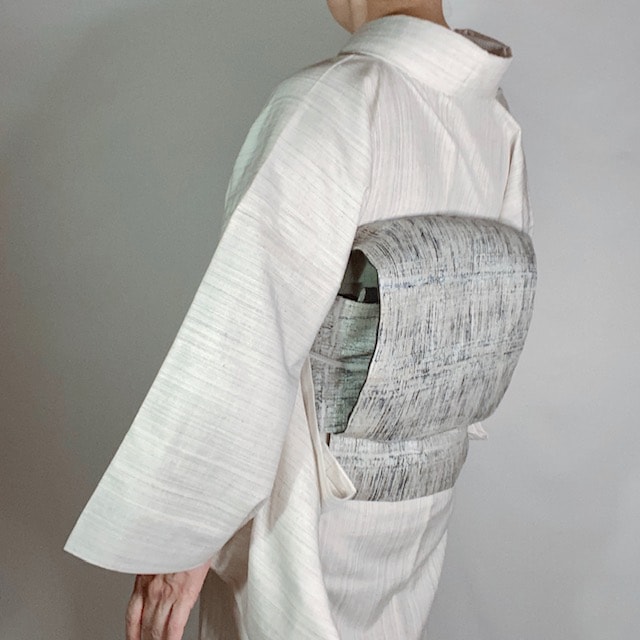
Worldwide network of supporters to preserve Japanese craftsmanship
Exceptional people with talent, a track record, and a passion for reviving a traditional craft in the present are thus given support to make their vision a reality.
A steadily growing membership both nationally and internationally makes this possible, as does the cooperation with the Asia Society (Japan Center), a highly respected international cultural institution, which acts as co-sponsor for this series of competitions.
Each first place winner of a Ronnie Prize receives 5 million yen (currently about 37,000 euros) to help them achieve their goal, plus support from mentors who come from a wide range of fields including business, design, product development, IT and marketing. In addition, all 10 finalists receive a broad and significant support package.
When JapanCraft21 was founded, the initial focus was on high quality wood joinery. In collaboration with Tomohiro Naito (President of Naito Komuten), a 5th generation master carpenter in Kyoto, this created an NPO called Shishokai of masters of traditional construction. Since then, there has been a school specializing in teaching almost extinct techniques. Young carpenters in Kyoto learn the old techniques in intensive courses that take place on weekends over a long period of time and are free of charge. The first six graduates are now among the few carpenters in Japan who can still build a house out of wood completely without nails.
Currently, another six young carpenters are learning this traditional technique of wood joints. At the same time offer was expanded: 5 young pavers and 5 young gardeners learn the almost forgotten art of building walls from bamboo and clay.
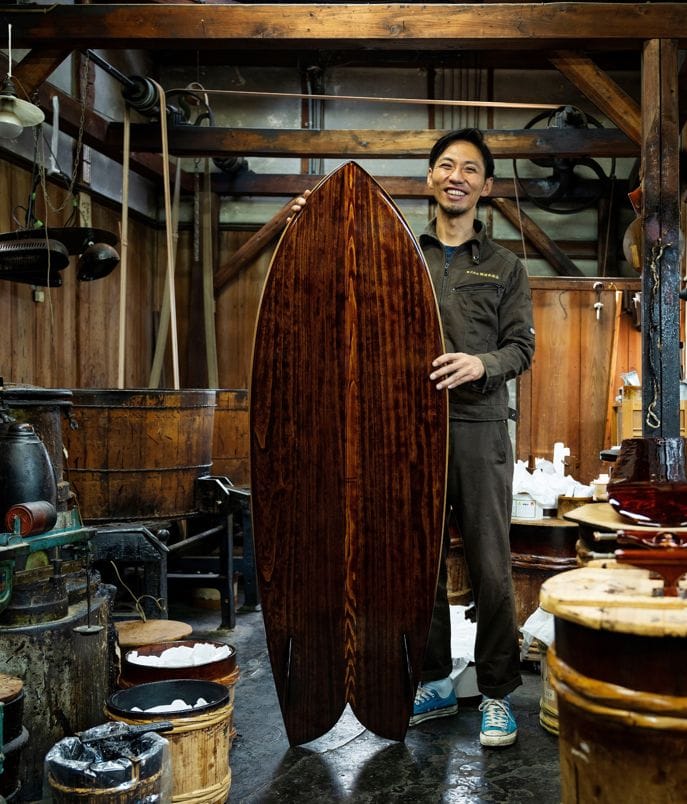
Help to preserve the knowledge and skills
The crafts of Japan are an international treasure. They have enriched and inspired people around the world for more than 150 years. This heritage belongs to all of us and perhaps this is the last chance to preserve it.
JapanCraft21 aims to prove that even small, private organizations can leverage their resources to make a difference.
You too can do your part to achieve this goal. Visit the website www.japancraft21.com and find out how you can support this organization and its goals through a membership fee or donation. Steve Beimel and his fellow campaigners are grateful for every kind of support and every follower on social media.
Even small amounts & contributions help and so also the SUSHIYA GmbH supports Japancraft 21 with at least a symbolic contribution.
And of course Steve Beimel is also happy about Followers on Instagram.
On June 25, Steve Beimel in collaboration with the DJG in Bavaria a lecture about Japanese aesthetics. Especially fitting for us, because SUSHIYA was founded due to former Japanologist Alexander Reinelt's enthusiasm for Japanese aesthetics and culture.
The talk is free, will be in English via Zoom on SATURDAY, JUNE 25 10am Munich time. Register here:
https://forms.gle/GMBGbqR8jn9prTFc8
